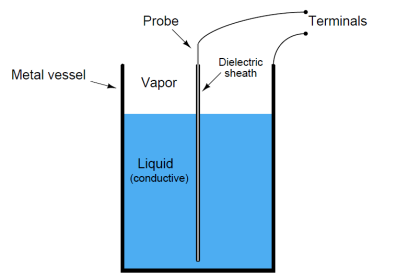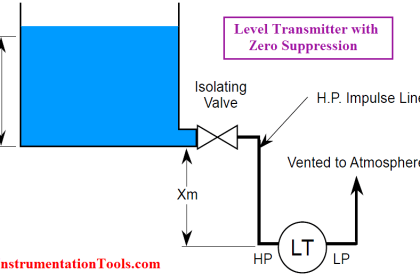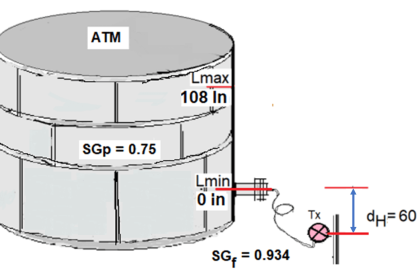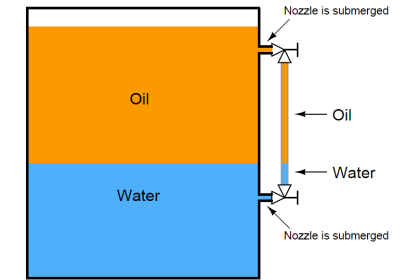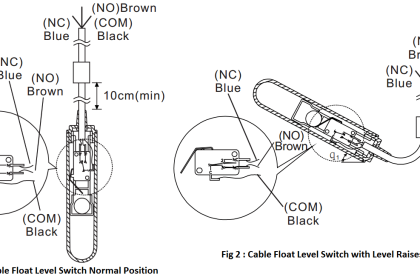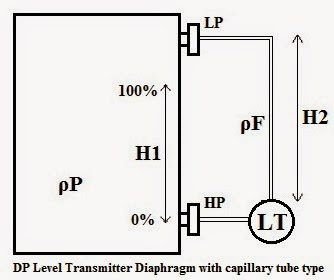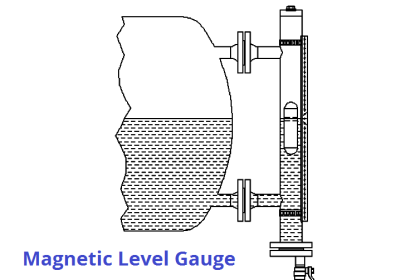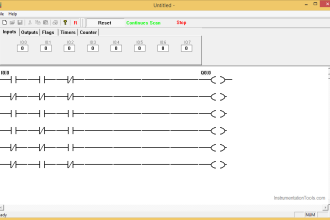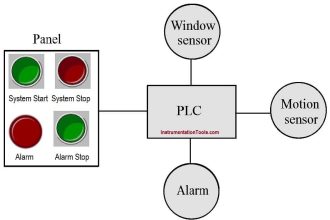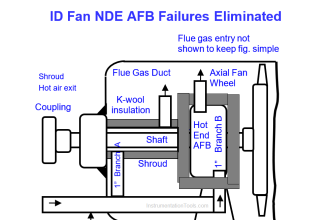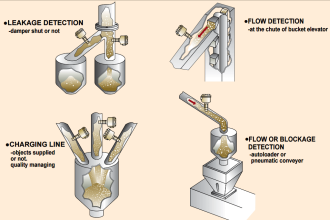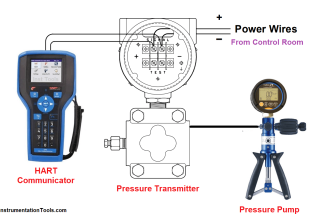Levelflex is a “downward-looking” time-of-flight system, which measures the distance from the probe mounting (top of silo) to the material level. An electrical pulse is launched and guided down the probe rope, which acts as a surface wave transmission line. When the surface wave meets a discontinuity in the surrounding medium, i.e. a sudden change in dielectric constant, it is partially reflected. The reflected pulse travels back up the probe to the pulse sampler where it is detected and timed.
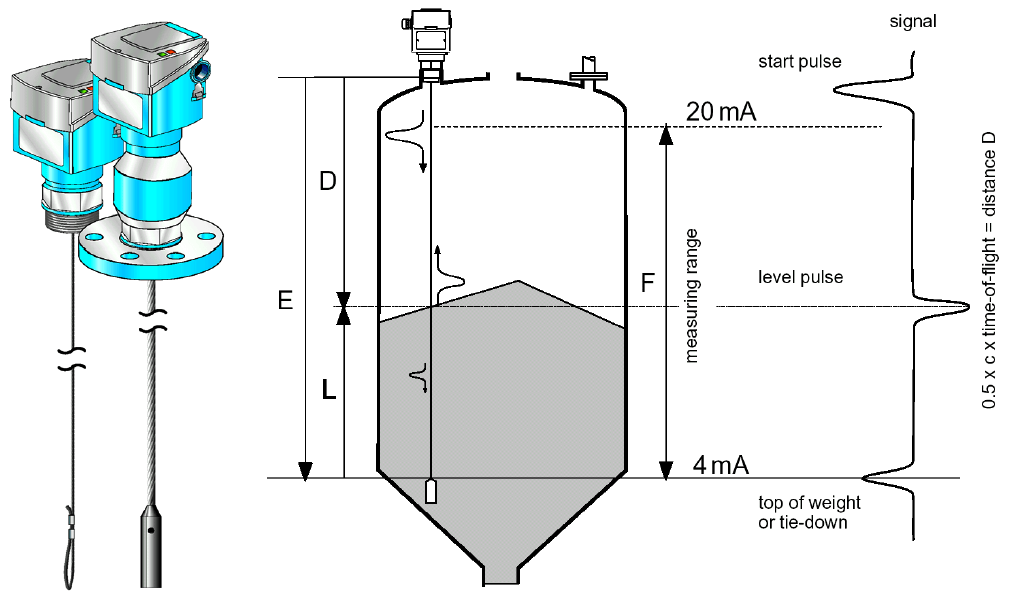
Each point along the probe is sampled for its pulse reflection behaviour. The information accumulated over the sampling cycle is captured and passed onto the signal processing, which identifies the signal produced by the change in dielectric constant at the air/product interface. The distance D to the surface of the product is proportional to the time of flight of the pulse t:
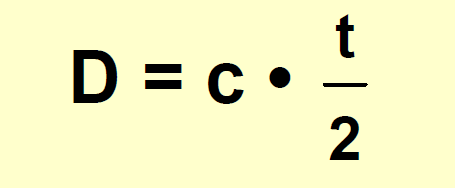
whereby c = velocity of light.
Since the empty distance E is known to the system, it is a simple matter to calculate the level L.

The top of the ballast weight or tie-down loop is zero, the span is set to 30 cm below the top thread of the process connection. For digital outputs and the display, 0% and 100% level. When hanging free, it is capable of measuring at all points from the top of the ballast weight to within 30 cm of the mounting point. The measured error is ±1%.
Depending upon application, it may be possible to measure to the end of the ballast weight or tie-down loop.
This type of meter is capable of measuring the continuous measurement of bulk solids with grain size up to 20 mm, e.g. sands, minerals, plastics, agricultural products, foodstuffs, pharmaceuticals and solid fuels. The measurement is independent of the moisture content of the bulk solid or a change in product. Silo geometry, angled material surfaces and bulk solid properties also have no effect on the measurement.
Source : N. Asyiddin
